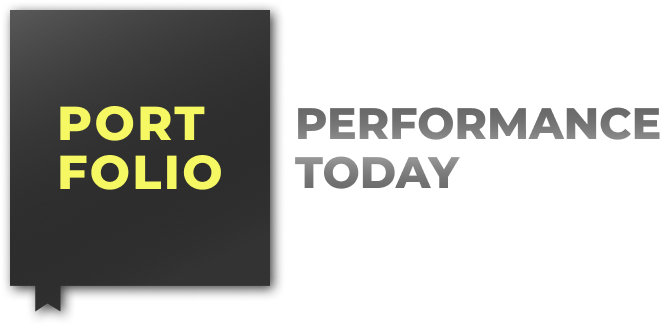Can regulation work when a market changes faster than a case can be litigated?
The Justice Department filed its antitrust case against Google in 2020. By the time Judge Amit Mehta issued his ruling in 2024, AI large-language models had already begun to change how people search for information online. As Judge Mehta put it, “the emergence of GenAI changed the course of this case.”
Indeed, between the 2020 filing and his 2025 remedy decision, the competitive context shifted fundamentally. Google’s antitrust case was argued in one market, and the remedy will be implemented in another, one in which AI is challenging traditional search engines.
Google’s dominance is already slipping, with the company rapidly losing market share to ChatGPT and other AI chatbots.
In other words, the market moved faster than the litigation. That is not an anomaly; it is becoming the norm.
In fast-moving technology sectors, markets often evolve while regulatory and legal processes are still underway, increasing the risk of ill-timed remedies.
Consider ride-hailing. When New York City debated how to regulate Uber and Lyft in 2015, regulators worked within frameworks built for a capped number of taxi medallions and tightly controlled entry. Yet between 2015 and 2018, the number of for-hire vehicles in the city surged from 63,000 to over 100,000. By the time comprehensive rules emerged, they governed a market fundamentally different from the one initially under review.
Commercial drones show a similar pattern. Zipline began large-scale medical drone delivery operations in Rwanda in 2016 and spent years seeking comparable authorization in the United States. The company received emergency FAA waivers in 2020 and Part 135 air carrier certification in June 2022. From 2016 to 2022, Zipline completed hundreds of thousands of international deliveries with the same drones it sought to operate in the US.
The merger of Hewlett-Packard Enterprise (HPE) and Juniper Networks, approved by the Department of Justice under certain structural remedies, illustrates similar dynamics. Cisco remains the largest player, and yet even its market share doesn’t come close to clearing 50 percent, as it did nearly a decade ago. To think that some state attorneys general are trying to convince a judge to reverse the DOJ’s decision to allow not Cisco but HPE-Juniper — Cisco’s smaller competitor — to merge is preposterous.
These examples point to the same issue: when regulators analyze markets more slowly than the markets themselves change, they risk setting rules for conditions that no longer exist, and enforcement can arrive when the competitive landscape has already shifted.
Gail Slater, the Assistant Attorney General for Antitrust, acknowledged as much in a September speech.
“Premature regulation can be particularly harmful in incipient industries at the early stages of development because it imposes broad, ex ante rules,” she said, “and these rules have the effect of limiting the direction of innovation across the entire industry.”
She’s right. The next generation of disruptive technologies is emerging: AI assistants, autonomous systems, and eventually quantum computing. The question is whether oversight evolves with these markets or continues to govern conditions that no longer exist.
There is a practical way to address this issue: allow regulation to update over time instead of assuming that market conditions will remain stable. Other domains already do this. Financial regulators periodically update capital and trading rules. Regulation works best when it is continuous, not static, and when it adapts as information changes.
This is not an argument against regulation. It is an argument for regulation that can adjust as firms race to commercialize new technologies. Periodic reviews would allow rules to tighten when risks emerge and to adjust when market conditions change. Regulators can either build systems that adapt alongside these markets or spend the next decade enforcing remedies designed for the last one.
A regulatory framework that adapts isn’t more lenient — it’s more effective. And effective regulation is what keeps markets open to new competitors.
